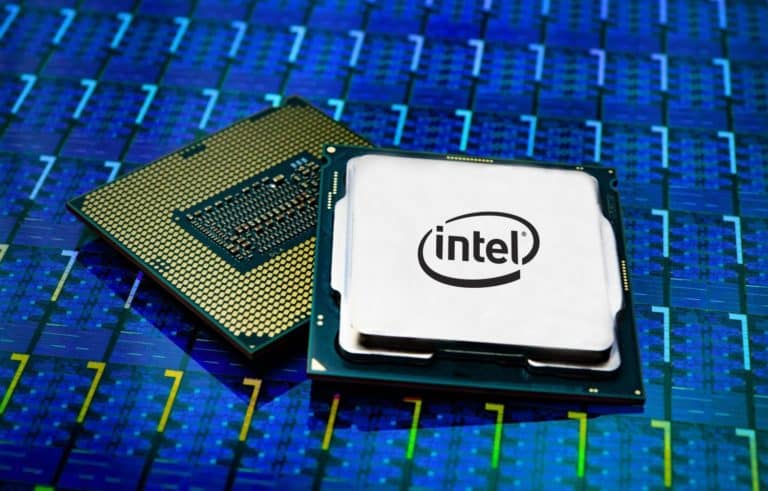The Arc A-Series has launched. It is Intel’s new family of standalone graphics processing units for laptops.
Intel has long included integrated graphics processing units (GPUs) in its central processor units. However, the business has traditionally not made standalone GPUs accessible, which are not integrated with a laptop’s CPU but instead operate as a separate unit. These processors are far quicker than the CPU-integrated graphics cards that Intel has previously offered.
The introduction is a significant step forward in the company’s efforts to broaden its emphasis beyond CPUs and into other semiconductor industry segments.
Intel’s efforts to broaden its market
Intel has invested in creating CPUs specialized for functions such as running AI models and supporting 5G infrastructure to expand its market dominance.
The Arc A-Series is divided into three distinct GPU lines. First, there’s Arc 3, which is intended for thin-and-light laptops and is now available for presale. Later in the year, it will be followed by the Arc 5 and Arc 7 chip families, which are meant to run more powerful computers.
The Xe core is the fundamental building element of Intel’s consumer GPUs. It performs a similar function to the processing cores of a CPU.
More power
Intel announced in August that each Xe core contains 16 compute units geared to do vector-based operations. A vector is a mathematical structure that GPUs significantly utilize when running video games and AI algorithms.
Along with the debut of the Arc A-Series, Intel teased an upcoming PC graphics card but did not reveal the chip’s characteristics, simply asserting that it would be available in the summer.
The firm previously stated that sales from its AGX segment, which includes its GPU business, would exceed $1 billion in 2022.
